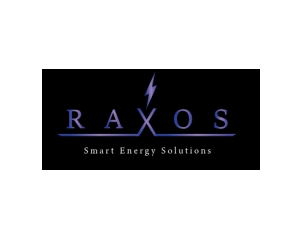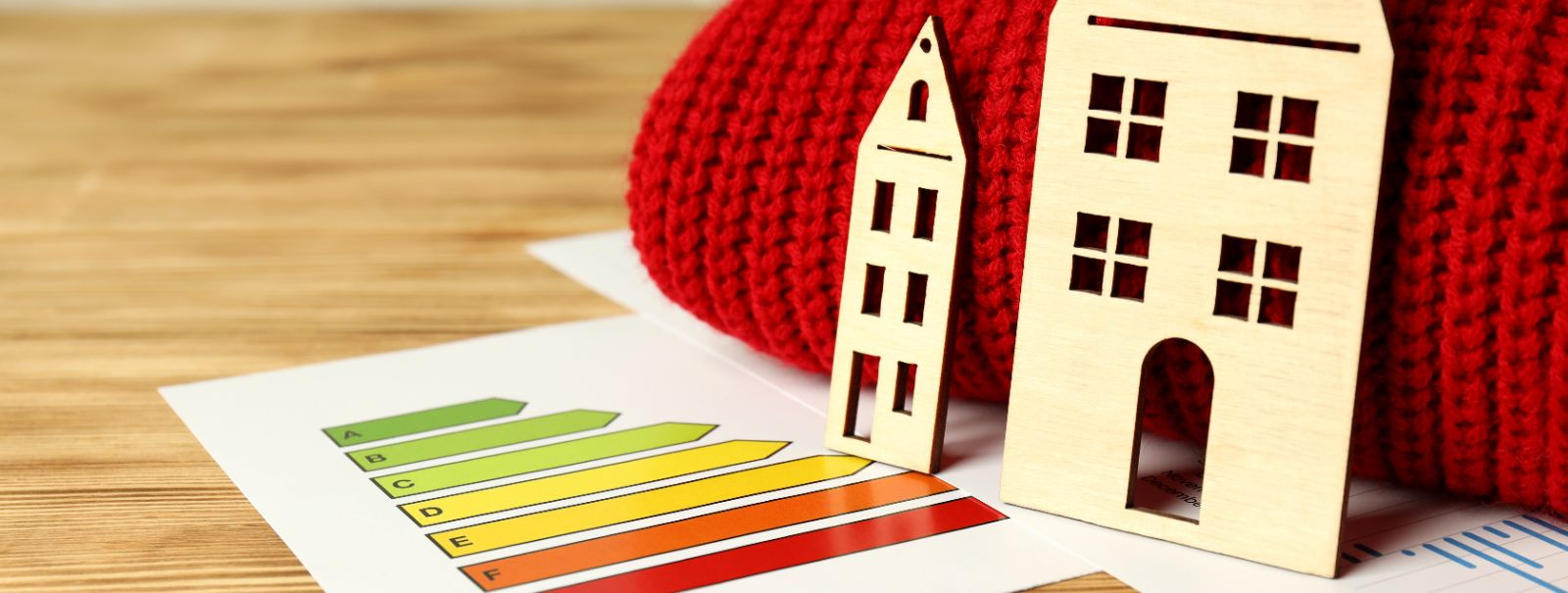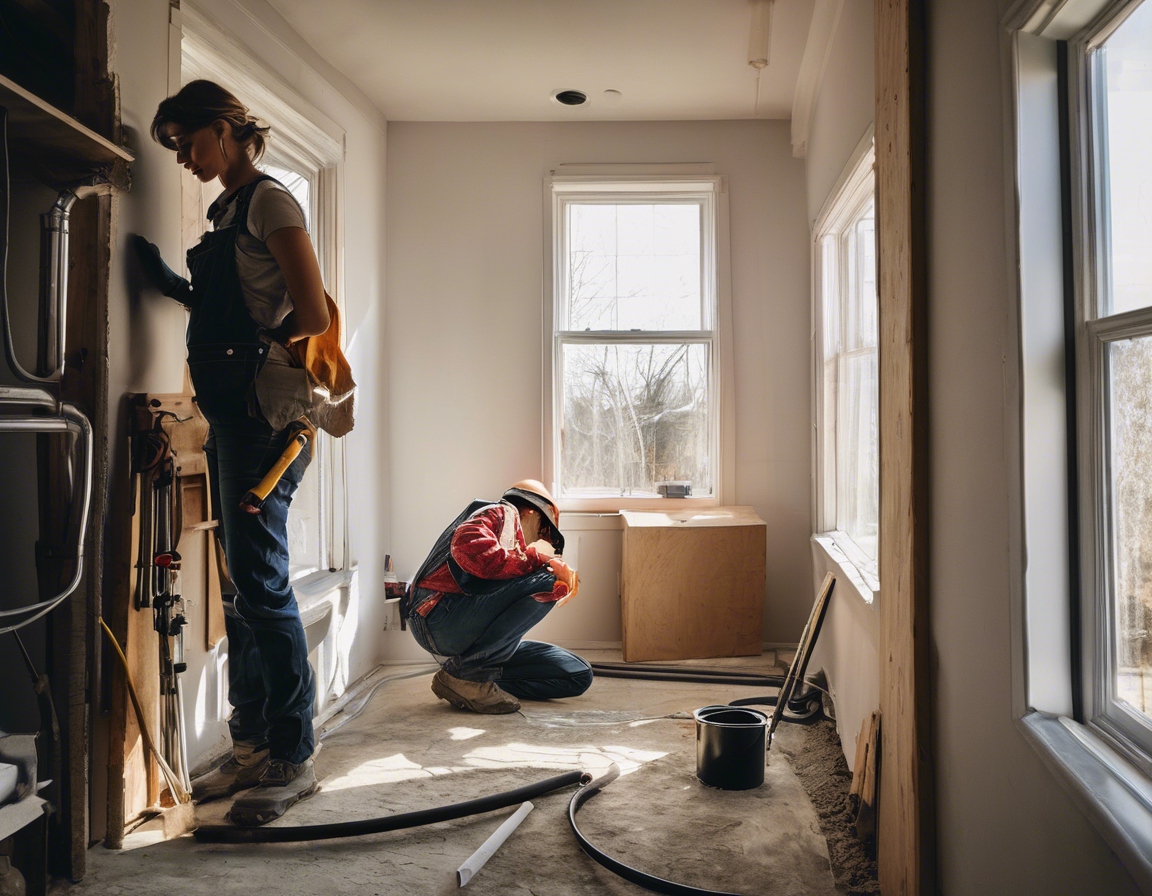How to improve energy efficiency in your home
Energy efficiency refers to using less energy to perform the same task, thereby eliminating energy waste. It is a key component in reducing energy consumption and lowering utility bills while maintaining comfort and functionality in your home.
Improving energy efficiency in homes is crucial for reducing environmental impact, conserving resources, and saving money. It also enhances the comfort and health of living spaces by maintaining consistent temperatures and improving air quality.
2. Conducting an Energy Audit
An energy audit is a thorough assessment of your home's energy use, identifying areas where energy is being wasted and recommending improvements. It is the first step towards making your home more energy-efficient.
Start by inspecting your home for drafts, checking insulation levels, and evaluating the efficiency of heating and cooling systems. Consider hiring a professional auditor for a comprehensive analysis and personalized recommendations.
3. Insulation and Sealing
Proper insulation is essential for maintaining a consistent indoor temperature and reducing the workload on heating and cooling systems. It helps prevent heat loss in winter and keeps your home cool in summer.
Common areas for air leaks include windows, doors, and attics. Use weatherstripping and caulk to seal these leaks, improving your home's energy efficiency and comfort.
4. Efficient Heating and Cooling Systems
Consider upgrading to modern, energy-efficient HVAC systems that use less energy and provide better climate control. Look for systems with high SEER (Seasonal Energy Efficiency Ratio) ratings.
Regular maintenance of your HVAC system ensures it operates efficiently. Installing a smart thermostat can further enhance efficiency by allowing you to control temperatures remotely and set schedules.
5. Energy-Efficient Lighting
LED lights use significantly less energy than traditional incandescent bulbs and have a longer lifespan. They are available in various colors and brightness levels to suit any room.
Smart lighting systems allow you to control lights remotely, set schedules, and adjust brightness, further reducing energy consumption and enhancing convenience.
6. Appliances and Electronics
Energy Star rated appliances are designed to be more energy-efficient, helping you save on electricity bills while reducing your carbon footprint.
Unplug electronics when not in use or use smart power strips to reduce standby power consumption, which can account for a significant portion of your energy bill.
7. Renewable Energy Options
Installing solar panels can significantly reduce your reliance on grid electricity, providing a sustainable and cost-effective energy solution for your home.
For homes in suitable locations, small wind turbines can be an effective way to generate renewable energy, further reducing your environmental impact.
8. Water Heating Solutions
Tankless water heaters provide hot water on demand, reducing energy consumption compared to traditional tank heaters that maintain a constant water temperature.
Solar water heating systems use the sun's energy to heat water, offering an eco-friendly and cost-effective alternative to conventional water heaters.
9. Behavioral Changes for Energy Efficiency
Adopting simple habits like turning off lights when leaving a room, using natural light during the day, and setting thermostats to energy-saving temperatures can make a significant difference.
Educate your family about the importance of energy efficiency and encourage them to adopt energy-saving practices, creating a collective effort towards a more sustainable home.






Comments (0)